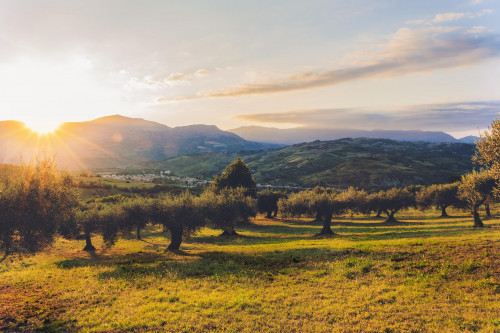Pest control services provided by naturally occurring species, also called biocontrol services, are widely recognised as a key component in biodiversity conservation. However, there is still a lack of rigorous approaches, evaluating synergies between the biocontrol potential of vertebrates and landscape‐scale features to better inform land-use and management decisions.
To shed some light on this topic, a new study, called “A food web approach reveals the vulnerability of biocontrol services by birds and bats to landscape modification at regional scale”, conducted in the framework of SHOWCASE, performed an assessment of the unrealised biocontrol services in Portugal, using birds and bats as vertebrate species and testing their potential for biocontrol on 53 insect pests associated with two widespread and economically valuable crops in the Euro‐Mediterranean region – olive groves and vineyards.
The results of the assessment suggest that both birds and bats can effectively provide biocontrol services in olive groves and vineyards since they prey on many insect pest species associated with both crops. Moreover, researchers found that the potential of their biocontrol services is impacted by landscape‐scale features. Specifically, vertebrates’ biocontrol potential significantly increased with increasing amount of natural area, and it decreased with increasing area devoted exclusively to target crops. This finding highlights the utility of integrating biodiversity into conservation management, using biocontrol services as incentives for more biodiversity-friendly agriculture.
You can read the full paper here.
Photo: Olive trees.
